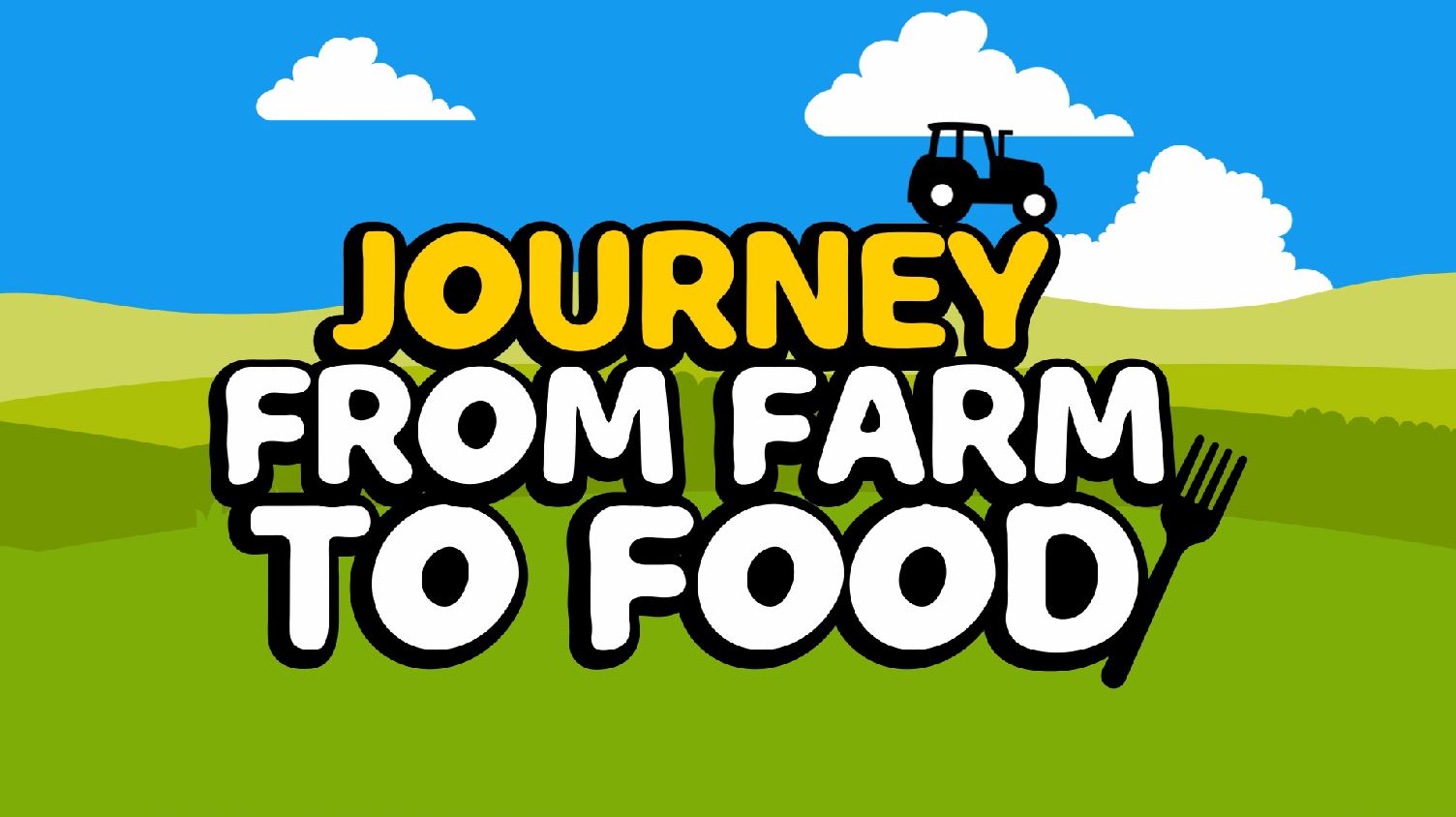Silage additives
The effect of silage inoculants with different modes of action on the speed of acidification in the silo and final silage quality
The aim of this project is to provide some independent evaluations of the many different types of silage inoculants that are on the market. The decision on which inoculant to use is a very confusing one for farmers partly due to the lack of truly independent comparative trials. The independent research has focussed on the benefits either in terms of aerobic stability or on silage fermentation quality. However over the last 15 or so years the inoculant market has become ‘confused’ with the introduction of hetero-fermentative species of bacteria. Prior to this time it had been established that silage inoculants could improve silage nutritive value through improved speed of fermentation. Differences between inoculants were still found but the general principle could be followed with sound scientific argument. With the introduction of hetero-fermentative species of inoculants this assertion is no longer valid. Many research trials have actually shown that the hetero-fermentative approach will reduce silage quality and feed value below that of no additive treatment. Unfortunately many farmers are unaware of these developments and view inoculants as all doing a similar job.
The project will also investigate the dose rate required. There is good scientific data to support the requirement of 1 million bacteria per gram of forage but despite this many inoculant manufacturers use lower dose rates. The project will investigate how effective these lower dose rates are. In addition the use of single versus multiple species of bacteria in the inoculant will be investigated as well as the use of enzymes that are reported to improve efficacy.
The project commenced in July 2014 and will be completed by January 2015.
The work is being undertaken by Silage Solutions and is being funded by HCC and EBLEX.


